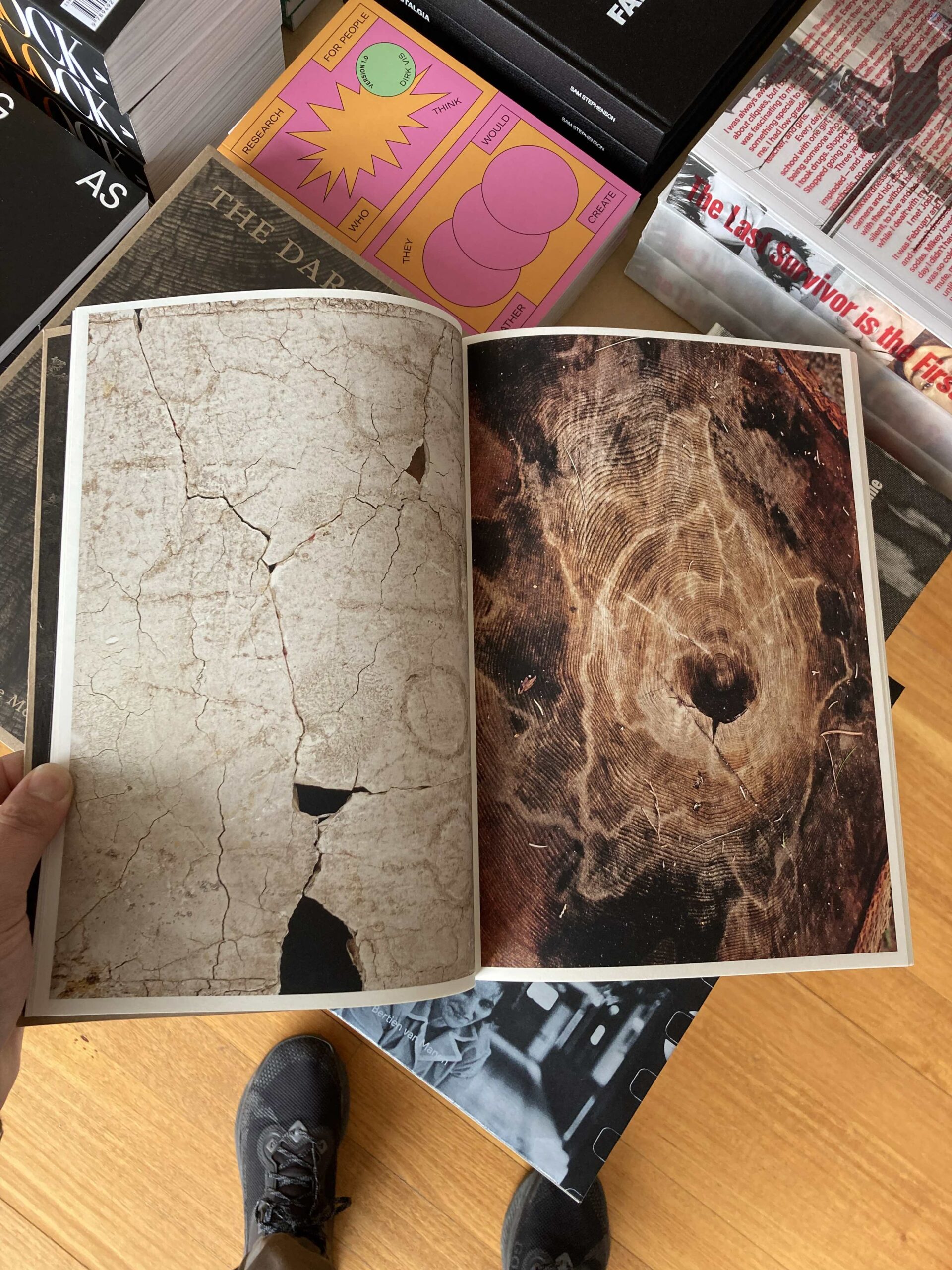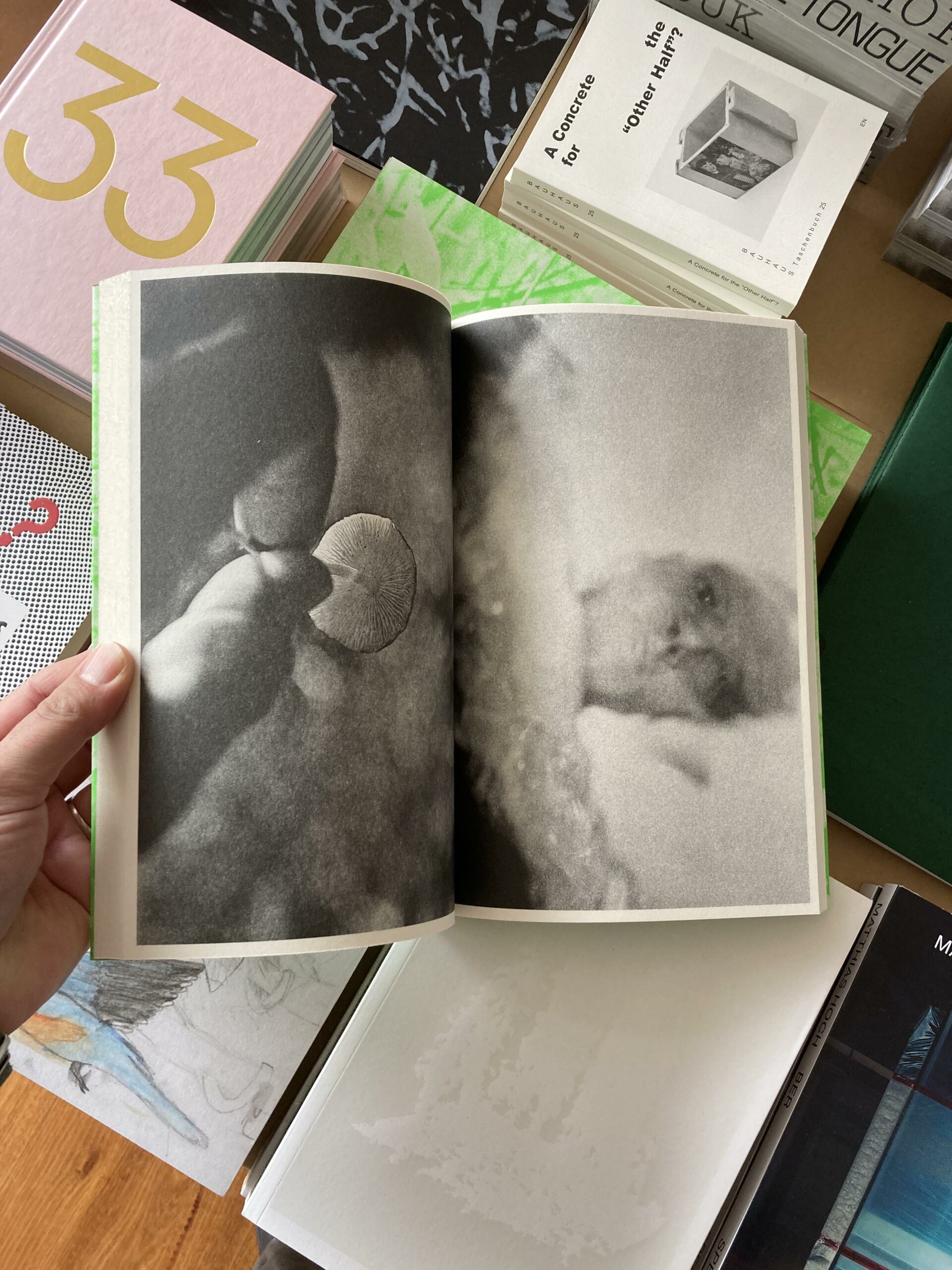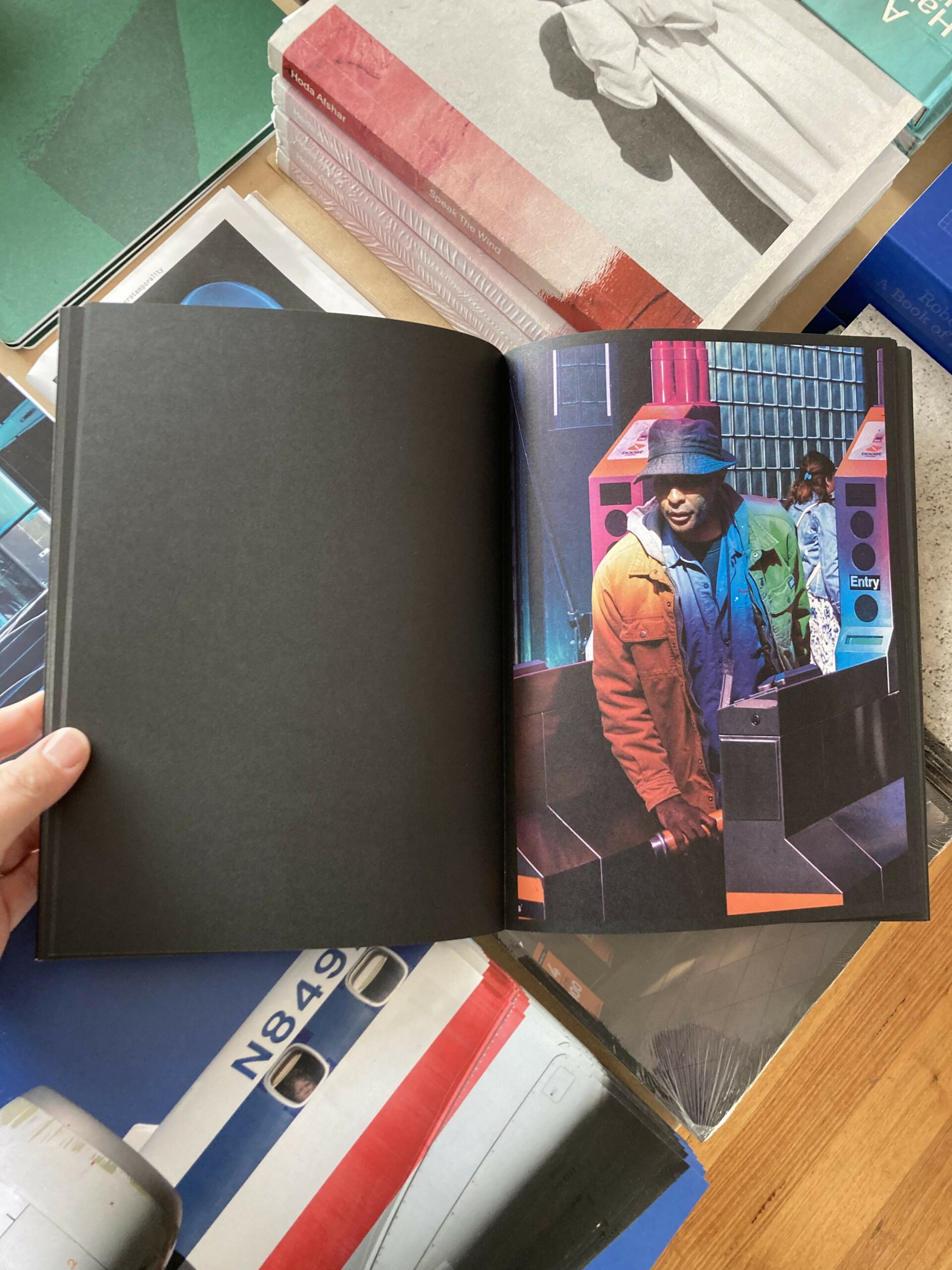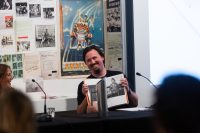
Image: J Forsyth
PHOTO People—Dan Rule
17.11.21
Dan Rule is a publisher, writer and editor from Melbourne, Australia. He is the co-director of Perimeter Books, Perimeter Distribution and Perimeter Editions, for which he has published, edited and written for upward of 50 books on contemporary photographers and artists from around the world.
Hello, please start by telling us something about yourself and your role in the photography industry.
I’m the co-founder, co-director and joint editor-in-chief at Perimeter Books, Perimeter Editions and Perimeter Distribution – a photography-centric bookstore, publishing imprint and distribution house that I founded in 2011 with my wife and business partner Justine Ellis. I wouldn’t say that we operate as part of the photography industry, but rather in parallel. While a great deal of the books we publish, stock and distribute find their roots in contemporary and – in some cases – historical photography, Perimeter’s positioning within that schema is based on Justine and my personal interests, sensibilities and tastes more than anything. It’s definitely a creative project that grew into a business, by the necessity of sustaining itself. There is no real business model for starting an independent art and photography bookstore and publishing imprint. The business model – like the broader project itself – is something that developed organically as we found creative ways to, first, survive and, in more recent years, thrive.
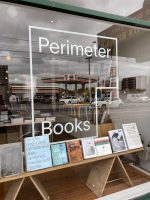
Can you explain your job to us? What are you currently working on? Has this changed over time?
It’s a more complex question that you would think. As a small business owner, I essentially have endless jobs within my role. At a higher level, I’m working with my co-director Justine to oversee business structure and strategy, and managing our small team of staff and collaborators. A tier down, Justine and I are running Perimeter Editions, working with photographers, artists, authors, editors and designers on developing new books, and managing print production with our printers in Europe or Australia – and also working with our international bureaux to maintain our presence it international art book fairs in Japan, China, Europe and North America while we can’t travel.
Parallel to that, I’m working with our retail coordinator and associate editor Ash Holmes to run the bookstore: sourcing and curating the selection; organising launches, talks and programs; and planning and maintaining our communications and social media. I’m also working with our wholesale and distribution coordinator Felix Wilson to manage Perimeter Distribution, maintaining relationships with the more than twenty publishers we represent (which include MACK, Spector Books, Loose Joints, TBW, Kodoji Press, Edition Patrick Frey, Nieves, Art Paper Editions, M33, Formist, Onomatopee, The Ice Plant and Triangle Books among others) and marketing their books to our network of stores and wholesale clients. On a day-to-day level, I’m also spending time sitting the store, reaching out to collectors and customers, packing books, sending out orders and so on. It really is all-encompassing.
In the early years, publishing was a less prominent accompaniment to the store and distribution company, but it’s now very much a central pillar to our business. We’ve now published more than seventy books and have countless titles in development, more than half of them photobooks. While there are two new books just off the press – The Dark Wood by American photographer Danielle Mericle and Rosa, a collaboration between New Zealand-born photographer Derek Henderson and London-based florist Simone Gooch – we have endless books in various stages of reprinting, planning and development with photographers such as Luke Le, Izabela Pluta, Anu Kumar, Dafy Hagai, Chris Taylor and Atong Atem (as part of our PHOTO Editions collaboration with Photo Australia), among several others.

What is something that people might not be aware of about your job? Are there any stereotypes, myths, or unknown elements to your job?
Perhaps one of the greatest misconceptions about publishing, bookselling and distribution is that we all just sit around reviewing manuscripts, sequencing images, editing texts and reading books all day. If only that was the case! To run a small bookstore, publishing imprint and distribution company like ours, which deals exclusively in specialised content, you’re literally doing a bit of everything. Justine and I, and our team, work extremely hard across all areas of the business, putting our collective energy into which conduit or department needs the most attention at that point in time. There’s a great myth that the act of publishing is that of merely making a book, but that couldn’t be further from the truth. Making a book is the first part in a long chain of highly orchestrated activities that need to occur in order to get that book out into the world and to grow the artist and their book’s audience, sales and reach on a local and international level. The fun work is making the book; the dirty work (the endless emails, sales appointments, travelling, promotions, logistics, packing and sending) is what helps make the book feasible and indeed successful on an international level.
What led you to your job? Did you study? Work experience? Apprenticeship?
Justine and always had an interest in art publishing more widely, and had been publishing small editions with friend as a creative practice since the early 2000s. I had studied visual culture and photography theory at Monash University in the late 1990s, and worked as an arts journalist and art critic for The Age and magazine editor through the 2000s and the first half of 2010s, while we were establishing Perimeter. It was all part of a long, slow progression, from writing about niche content for larger publications and audiences, to later publishing our own books with those same artists and photographers that I had written about – making books with artists, rather than merely writing about them.

Image: J Forsyth
What has been the most rewarding project you have worked on so far? What was your contribution?
I can’t single out one project, because all of our books are kind of like our children. That said, the most rewarding books are those in which everyone is comfortable enough and have enough trust in each other to give themselves over to the collaboration. Books are inherently collaborative, and the projects in which photographer (or author), publisher and designer trust each other equally and are able work in open and critical dialogue – each giving and taking, pushing and pulling – are all equally rewarding. A couple of recent standouts in that regard are Luke Le’s What are you looking for?, which was shortlisted for this year’s Paris Photo/Aperture Photobook Awards, David Rothenberg’s Roosevelt Station, and Installation View, Daniel Palmer and Martyn Jolly’s epic history of photography exhibitions in Australia from 1848 to 2020.
What do you like most about your current job?
The ability to be surrounded by and to share books from publishers and artists who I respect and love. Working with photographers to make books, and then to share those books internationally is a great joy and challenge. Working in books is a lovely way of having a very international life.
What excites you most about the photography sector in Australia?
The great challenges of distance, scale and funding that underly the photography sector here also feel like a great opportunity. There are so many young photographers producing strong work that it’s hard to keep up with. There is the chance to consolidate a new generation of practitioners and outputs into something really exciting.
What advice would you give to those looking to pursue a career similar to yours?
Think long term. Justine and I always viewed publishing as a life project, and indeed, it has only started to make sense in terms of actually drawing a wage in the last two or three years. The ability to publish and sell books in a sustainable fashion takes time and global networks of interested parties, an attention to economic details of publishing, and real knowledge of the landscape. All this takes time, effort and personal investment, but the pay-off is worth it. I can’t imagine every doing anything, despite the challenges.
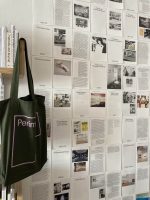
When you are not working what do you enjoy doing most?
This question presumes that there is a time in which I’m not working, which unfortunately doesn’t ring true at the moment. But spending quality time with Justine and our daughter Sadie, running, plotting new book projects, and scouring our personal photobook collection pretty much sum it up.
What is the most exciting thing that is facing the photography sector at the moment?
While institutional support and stability has always been a difficult thing to achieve in the Australian photography sector, it feels as though organisations and individuals are taking things into their own hands. Whether that’s festivals, book fairs, new publishers, photographers initiating their projects or whatever is the case. It feels as though the pandemic has at least lit a fire under a lot of photographers in terms of taking steps to make their projects and practices are reality.

